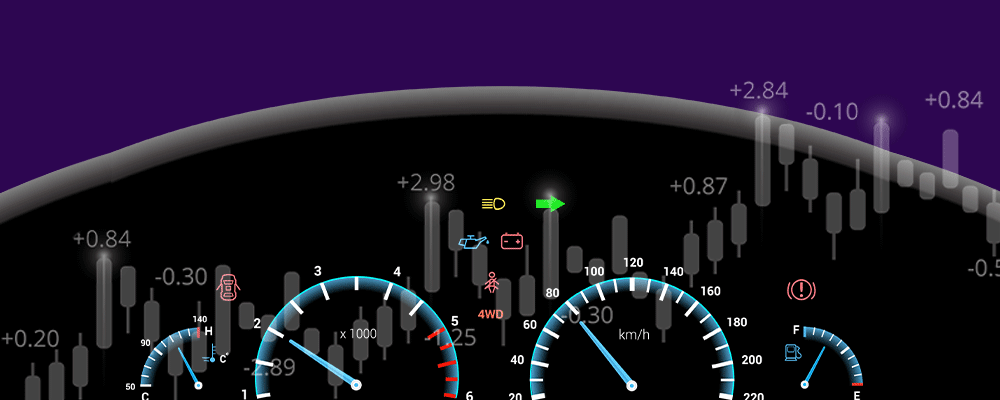Smart Money Investing Guide: Part 2
Market Meditations | June 15, 2022

➡️ Investors, Take the Next Right
Last week we broke down Nansen’s report (which you can read in full here) on using smart money indicators to improve your profitability in the crypto market.
This week, in part 2, we dive into their breakdown of fundamental market indicators that anyone can use to improve their strategy.
HODL Indicators
By assessing investor behavior we can understand whether holders are looking for short term profit or displaying faith in its long term potential. One such metric is Token Seniority Distribution:
Nansen.ai: 15/06/2022 – Token Seniority Distribution for wBTC
- This shows the % of tokens and the % of addresses that have held wBTC for different periods of time
- Over 60% of wBTC tokens have been held for more than 1 year. This indicates that investors have a high level of conviction.
Token Accrual Mechanisms
Understanding how a token may give a holder value can be instrumental in working out fundamental value. Example mechanisms include:
1️⃣ Airdrops
An airdrop is when a project issues its token to a list of wallet addresses. A token may have value simply because it allows you to be part of a community that receives valuable airdrops.
2️⃣ Staking / Yield Farm Opportunities
In theory, an asset that allows you to earn yield has more fundamental value than one that does not. However, be careful! Tokens that generate yield can create an environment that incentivizes users to dump the token causing downwards price pressure.
3️⃣ Governance
Some assets give you voting rights on the future of that protocol. This can be highly valuable as it can dictate almost any element of a project including airdrops, fee-sharing schemes, and other rewards programs.
✅ Tip: You can use Nansen’s token god mode to assess exactly who holds project tokens and understand who holds the most voting power.
4️⃣ Burning Mechanism
A project may implement a burning mechanism to reduce supply, creating scarcity of a token. Whilst burns do not create any real value, increasing scarcity, in theory, increases the price.
Whilst assessing these indicators can be key to profitable long-term investing, it can also be misleading as fundamentals are often not reflected in the current price of the asset. Given that demand is highly speculative, volatile, and often not based on fundamentals it may increase significantly faster than the intrinsic value, leading to a situation where a token is overpriced.
However, understanding an asset’s true fundamental value can be a successful component of a wider investment strategy, especially during periods where projects might be undervalued. For Nansen’s full report, click here.


